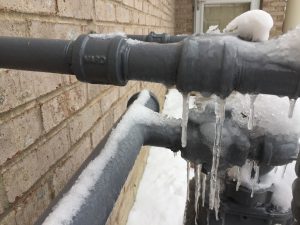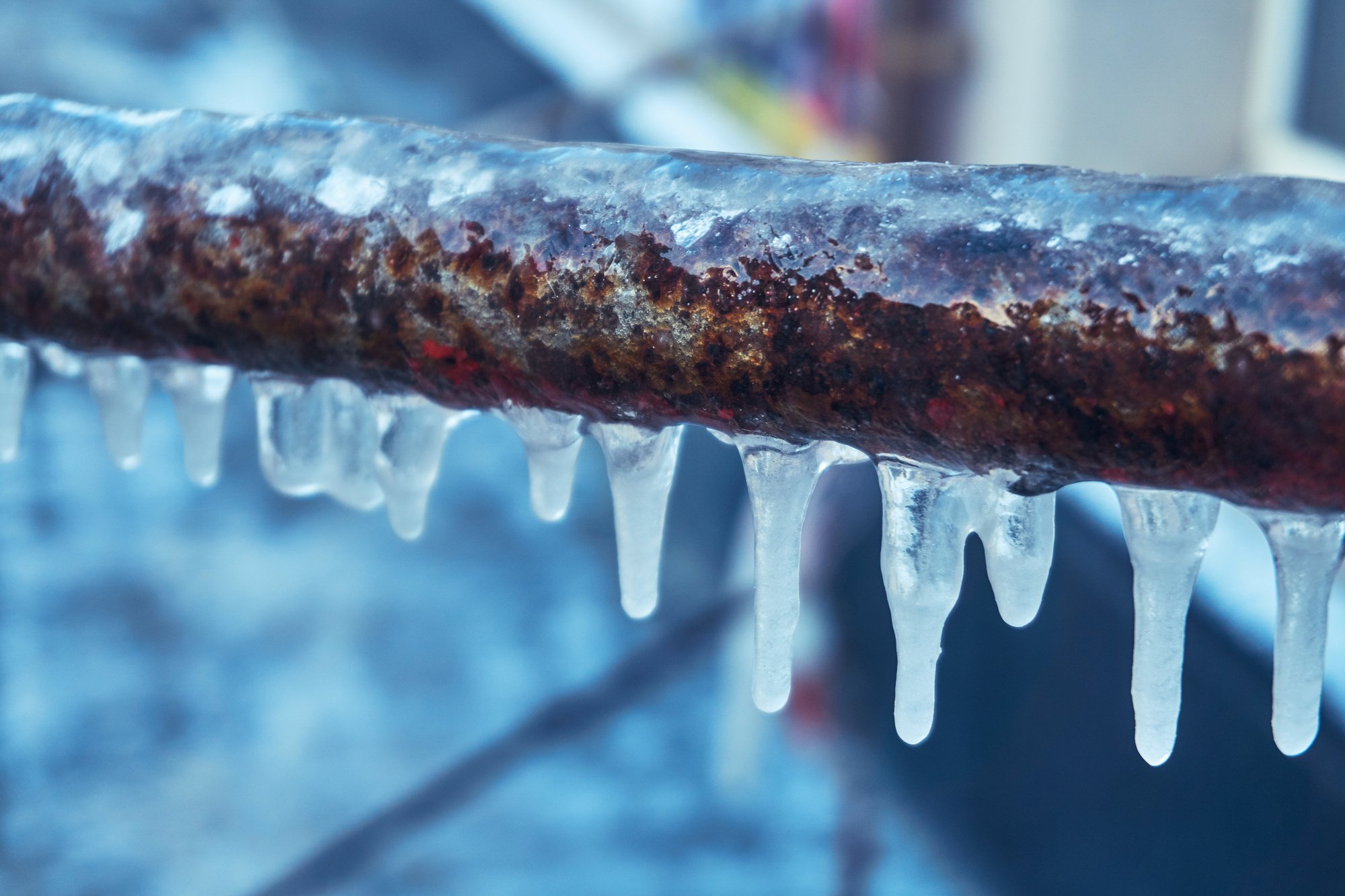Have you been hunting for selective information around How To Avoid Freezing Pipes?

Winter can wreak havoc on your plumbing, specifically by freezing pipelines. Here's just how to avoid it from happening and what to do if it does.
Introduction
As temperature levels decrease, the danger of frozen pipes increases, possibly causing costly repairs and water damages. Recognizing just how to avoid icy pipelines is essential for home owners in cool environments.
Comprehending Icy Pipelines
What creates pipelines to freeze?
Pipelines freeze when subjected to temperature levels listed below 32 ° F (0 ° C) for extended durations. As water inside the pipelines ices up, it expands, putting pressure on the pipeline wall surfaces and possibly triggering them to burst.
Risks and damages
Frozen pipelines can cause supply of water disruptions, residential or commercial property damage, and pricey repair work. Burst pipes can flood homes and trigger extensive structural damages.
Signs of Frozen Water Lines
Recognizing frozen pipes early can stop them from bursting.
How to identify frozen pipelines
Seek decreased water flow from faucets, unusual smells or sounds from pipelines, and noticeable frost on revealed pipelines.
Avoidance Tips
Protecting susceptible pipes
Cover pipes in insulation sleeves or use warmth tape to shield them from freezing temperature levels. Focus on pipes in unheated or outside areas of the home.
Home heating methods
Keep indoor rooms adequately heated up, especially locations with plumbing. Open up cupboard doors to enable cozy air to distribute around pipelines under sinks.
Securing Outdoor Plumbing
Garden hoses and outside faucets
Detach and drain garden hose pipes prior to wintertime. Install frost-proof spigots or cover outdoor taps with insulated caps.
What to Do If Your Pipes Freeze
Immediate actions to take
If you suspect icy pipelines, keep faucets open up to relieve pressure as the ice melts. Make use of a hairdryer or towels taken in hot water to thaw pipelines slowly.
Long-Term Solutions
Architectural modifications
Consider rerouting pipelines away from outside wall surfaces or unheated areas. Add extra insulation to attics, cellars, and crawl spaces.
Updating insulation
Invest in top notch insulation for pipelines, attic rooms, and wall surfaces. Proper insulation helps preserve constant temperature levels and lowers the threat of icy pipelines.
Verdict
Preventing frozen pipelines requires proactive measures and quick feedbacks. By recognizing the reasons, indications, and preventive measures, homeowners can protect their pipes during cold weather.
6 Proven Ways to Prevent Frozen Pipes and Protect Your Home
Disconnect and Drain Garden Hoses
Before winter arrives, start by disconnecting your garden hoses and draining any remaining water. Close the shut-off valves that supply outdoor hose bibs and leave the outdoor faucet open to allow any residual water to drain. For extra protection, consider using faucet covers throughout the colder months. It’s also important to drain water from any sprinkler supply lines following the manufacturer’s directions.
Insulate Exposed Pipes
Insulating your pipes is an effective way to prevent freezing. Pipe insulation is readily available at home improvement stores and is relatively inexpensive. Pay close attention to pipes in unheated areas such as the attic, basement, crawl spaces, or garage. Apply foam insulation generously to create a buffer against the cold. You can also wrap your pipes in heat tape or thermostat-controlled heat cables for added warmth.
Seal Air Leaks
Inspect your home for any cracks or openings that could let in cold air. Seal any holes around the piping in interior or exterior walls, as well as the sill plates where your home rests on its foundation. Additionally, make sure to keep your garage door closed unless you’re entering or exiting. Leaving it open creates a significant air leak that can lead to frozen pipes.
Allow Warm Air Circulation
During cold snaps, it’s essential to allow warm air to circulate evenly throughout your home. Leave interior doors ajar to promote better airflow. Open kitchen and bathroom cabinets to help distribute heat consistently around the rooms. If you have small children or pets, be sure to remove any household chemicals or potentially harmful cleaners from open cabinets for safety.
Let Faucets Drip
A small trickle of water can make a big difference in preventing ice formation inside your pipes. When temperatures drop significantly, start a drip of water from all faucets served by exposed pipes. This continuous flow helps prevent the water from freezing. Additionally, running a few faucets slightly can relieve pressure inside the pipes, reducing the chances of a rupture if the water inside does freeze.
https://choateshvac.com/6-proven-ways-to-prevent-frozen-pipes-and-protect-your-home/

Hopefully you liked our topic about How to prepare your home plumbing for winter weather. Thanks a ton for spending some time to read our blog post. Are you aware of another individual who is interested by the topic? Please feel free to share it. Thank you for taking the time to read it.
Check Us Out